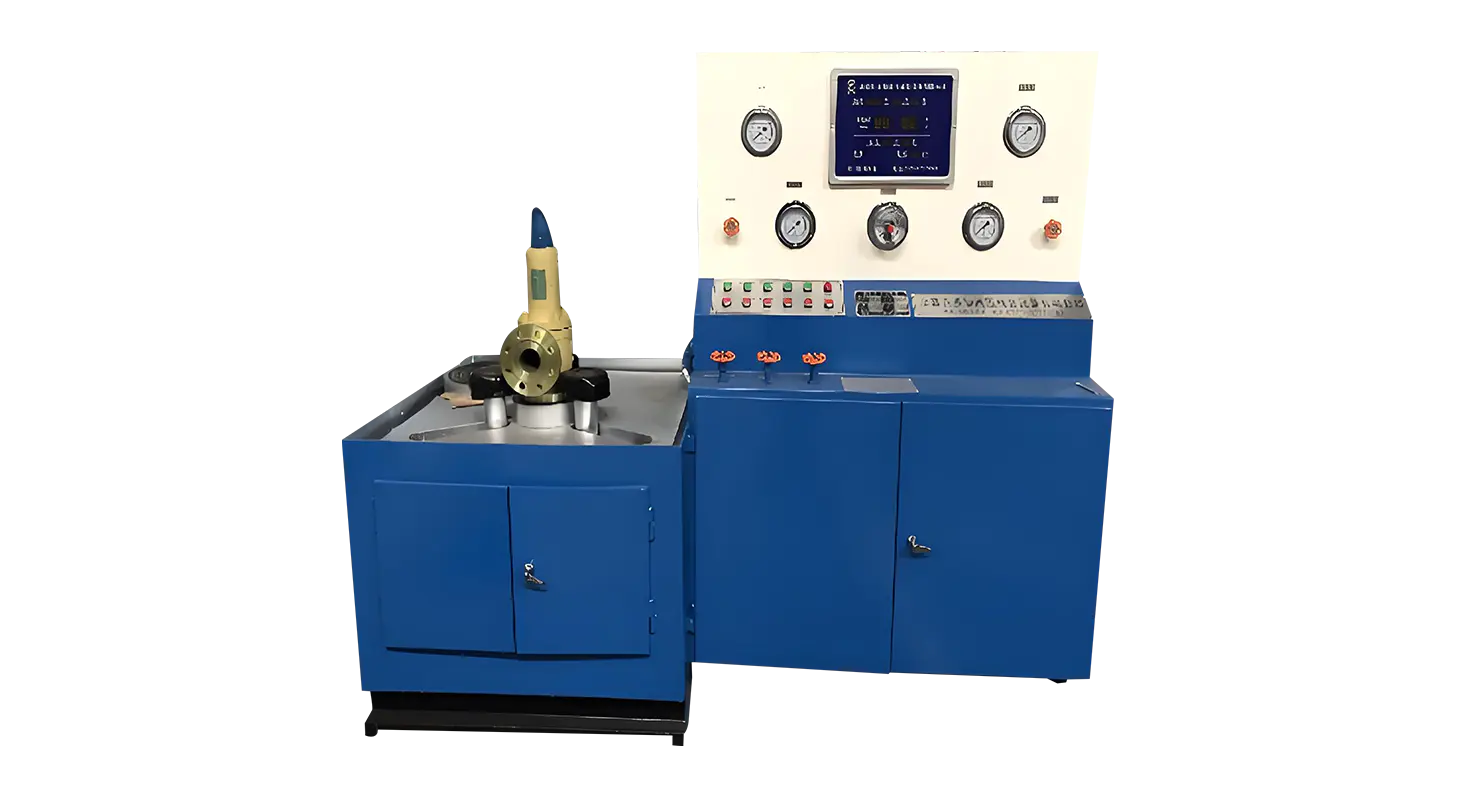Jun 25, 2025
Leak detection plays a critical role in valve testing, serving as a fundamental step to ensure valve integrity, reliability, and safety in various industrial applications. Valves are essential components in fluid control systems, regulating the flow of liquids or gases, and their failure can advance to significant operational disruptions or safety hazards. This article explores the importance of leak detection during valve testing and highlights key aspects such as hydraulic test bench design and specific testing procedures like the gate valve backseat test.

Valve leak detection is the process of identifying any unintended flow through or around a valve when it is in a closed position. Even minor leaks can indicate issues such as damaged seals, worn-out seats, or improper assembly, which may compromise the valve's function. Detecting leaks early during testing helps avoid potential failures once the valve is installed in a system, reducing downtime and maintenance costs.
A well-designed hydraulic test bench is essential for effective leak detection and overall valve testing. Hydraulic test benches simulate the real operational conditions of valves by applying controlled pressures using fluids such as water or oil. These benches allow for precise monitoring of valve behavior under pressure, including leakage, pressure retention, and mechanical performance.
The design of a hydraulic test bench incorporates several key components. It typically includes a high-pressure pump, pressure sensors, control valves, and a test chamber or fixture to securely hold the valve during testing. The bench must allow for pressure adjustments to test valves at different operating pressures and accommodate various valve sizes and types. Proper sealing and fluid handling within the test bench are crucial to ensure that any detected leak is due to the valve itself and not the testing apparatus.
Among the many valve types, gate valves are widely used for on/off flow control, especially in pipelines. One important leak detection procedure for gate valves is the gate valve backseat test. The backseat is a secondary sealing surface located at the valve stem's upper portion, designed to prevent leakage through the stem packing when the valve is fully open. Testing the backseat ensures that even when the valve is open, there is no leakage that could advance to environmental contamination or safety risks.
The gate valve backseat test involves applying pressure to the valve and monitoring for leaks at the stem area. During the test, the valve is opened fully to engage the backseat, and pressurized fluid is introduced. Observers check for any leakage past the backseat seal. Detecting leaks in this area helps identify worn packing, damaged seals, or incorrect assembly, allowing for corrective actions before the valve is deployed.
Leak detection methods during valve testing can vary depending on the valve type and industry standards. Common approaches include visual inspection for fluid escape, pressure decay tests where a drop in pressure indicates leakage, and bubble tests that use soap solutions to reveal escaping gas or air. Advanced techniques might involve ultrasonic leak detection or infrared thermography to detect leaks invisible to the naked eye.
It is important that leak detection be integrated into all stages of valve testing. Initially, valves may undergo seat leakage testing to ensure the primary sealing surfaces prevent fluid passage when closed. Following this, stem leakage, including backseat seals, must be checked. Additionally, the valve body and bonnet joints should be inspected to confirm that no external leaks occur under pressure.
The role of hydraulic test benches in facilitating comprehensive leak detection cannot be overstated. They offer controlled, repeatable conditions that mirror real-world service environments, helping engineers assess valve integrity with accuracy. Test benches equipped with precise pressure and flow measurement instruments can quantify leak rates, providing valuable data for quality control and certification.
Moreover, a well-maintained test bench reduces the risk of false positives or negatives in leak detection, ensuring reliable results. Regular calibration of sensors, proper fluid cleanliness, and secure valve mounting are necessary to maintain testing accuracy. Attention to these details helps manufacturers and users trust the valve’s performance before installation.
In conclusion, leak detection is a vital aspect of valve testing that directly impacts safety, operational efficiency, and environmental protection. Using appropriately designed hydraulic test benches enhances the ability to detect leaks accurately and thoroughly. Specific tests, such as the gate valve backseat test, further ensure critical sealing components are functioning correctly. Together, these practices form the foundation for producing valves that meet industry requirements and provide reliable service throughout their lifecycle.